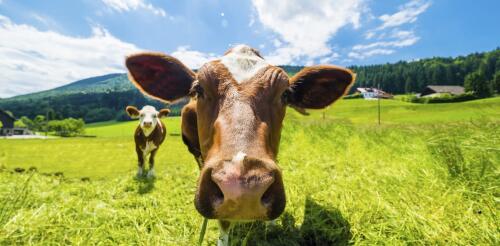Cows
Colorado has highly pathogenic avian influenza – also known as HPAI or bird flu – on a dairy farm, the ninth state with confirmed cases. The U.S. Department of Agriculture’s National Veterinary Services Laboratories confirmed the virus on April 25, 2024, in a herd in northeast Colorado. This farm is one of 35 dairy farms across the U.S. with verified cases of bird flu in cattle as of May 7, 2024, according to the USDA. Bird flu is not new to Colorado. The state experienced an outbreak in poultry that began in 2022. Since then, the USDA’s Animal and Plant Health Inspection Service has reported that 6.3 million birds in nine commercial flocks and 25 backyard flocks have been affected by the virus. The most recent detection was in February 2024. But this is the first time the disease has made cattle in Colorado sick. I’m a veterinarian and epidemiologist at Colorado State University who focuses on infectious diseases in dairy cows. I spent many years...
New Zealand, where agriculture is one of the largest contributors to climate change, is proposing a tax on cow burps. The reason seems simple enough: Cows release methane, a potent greenhouse gas, and New Zealand has a goal of reaching net-zero emissions by midcentury. Right now, the country’s effects on climate change come roughly equally from carbon dioxide and methane. Worldwide, 150 governments have committed to cut methane emissions, both from agriculture and by cracking down on the largest source – fugitive leaks from natural gas pipelines and other fossil fuel infrastructure. But is methane from cows really as bad for the climate as methane from fossil fuels? And given its shorter lifetime in the atmosphere, is methane as bad as carbon dioxide? The answers involve renewable resources and the so-called circular economy. Understanding the effectiveness of different strategies is important as countries plan their routes to net-zero emissions, which is necessary...

